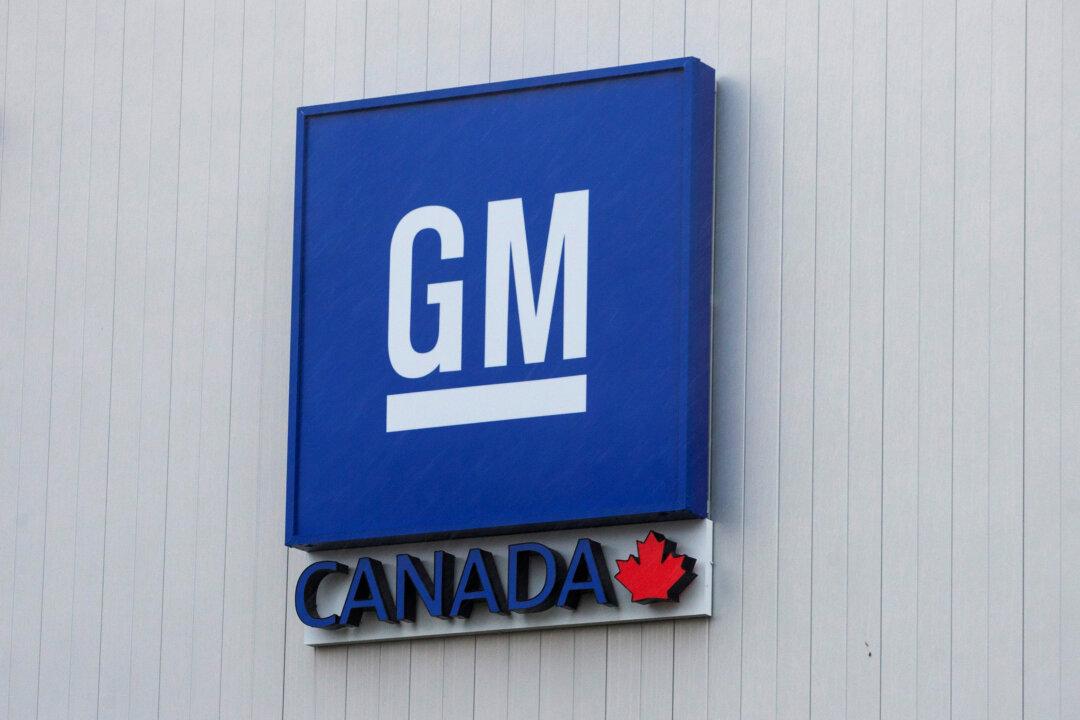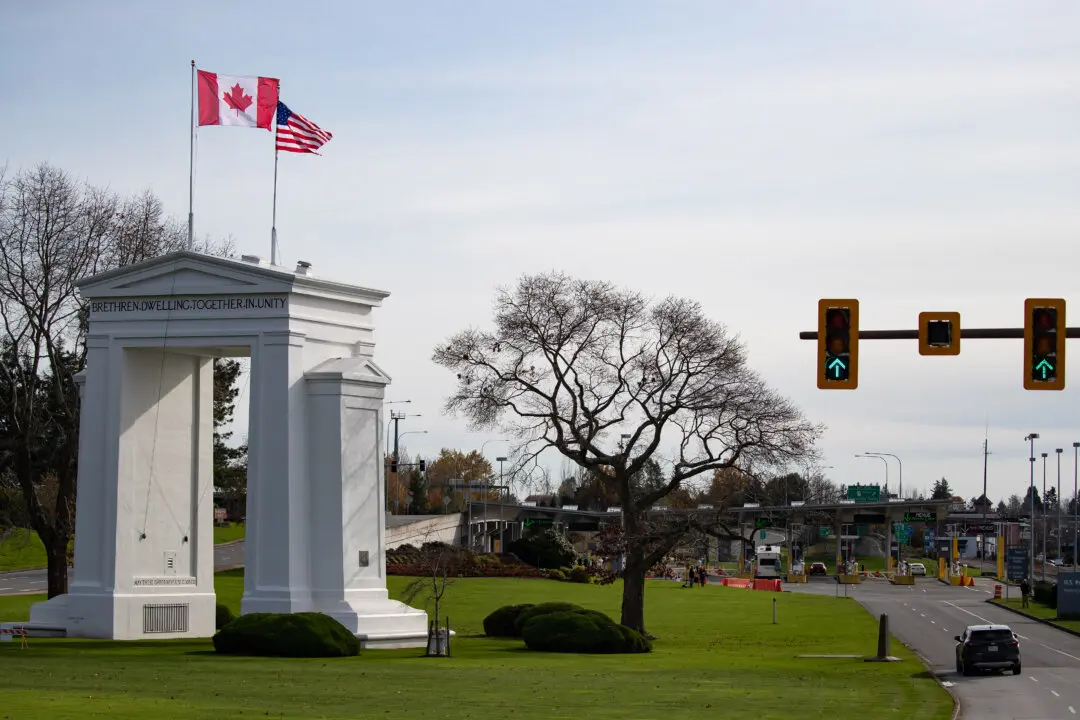General Motors (GM) still owes the Canadian government $195 million for a 2005 subsidy made in the Oshawa Car Assembly plant, according to the Canadian Taxpayers Federation.
In a news release issued by the federal government on March 2, 2005, it was made plain that the money supplied to GM at the time was considered a repayable contribution by the government.





